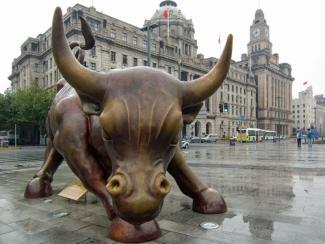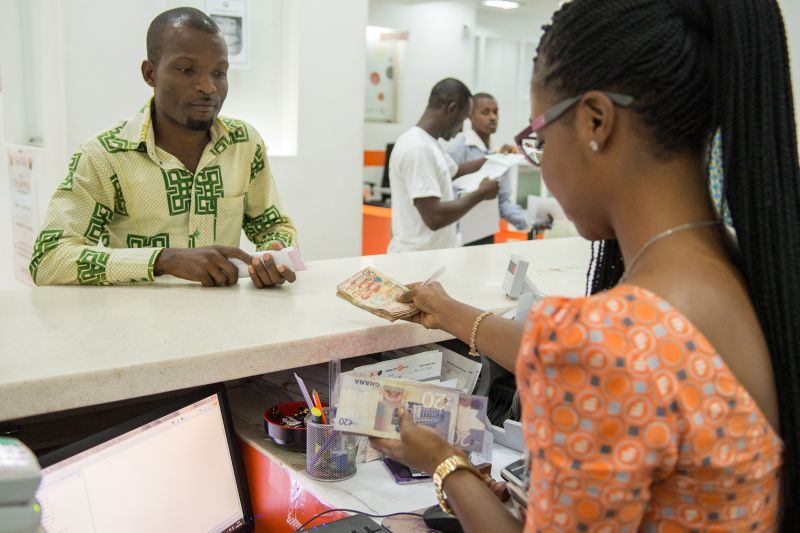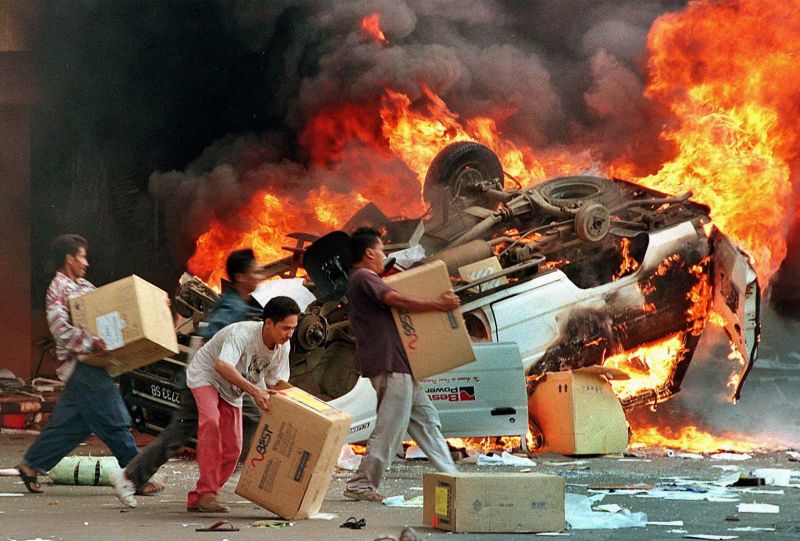International Monetary Fund
Back to original mission

At the end of 2015, the US Congress finally approved the reform of how countries count in IMF representation – after five long years of negotiations. China and other emerging markets will contribute more money to the IMF and get more votes accordingly. European influence will be reduced.
The reform was stuck in the US Senate’s Foreign Relations Committee for a long time. President Barack Obama was in favour of passing it, and so were some Republican officials. The majority of conservative Republicans in the US Congress, however, see the IMF as a socialist institution that bails out bankrupt governments, many of which criticise the USA. Ironically, many people in other world regions consider the IMF a tool of US hegemony.
The current reform will raise China’s share of votes from 3.8 % to 6 %, making it the third most powerful country after the USA and Japan. Washington will retain some veto powers however. The value of each member’s quota is determined by a complex system that reflects political power and economic influence.
The IMF’s mission
The IMF was launched at the Bretton Woods Conference in 1944 when the end of World War II was in sight. All 44 countries that were part of the anti-fascist United Nations Alliance participated in the conference. Its purpose was to design a new international monetary system for the post-war era because the pre-war gold standard had proved to be a driver of deflation and had contributed to the Great Depression of the 1930s.
Back then, the known alternative to the gold standard was letting national authorities manipulate exchange rates. It was considered worse than the gold standard because the Great Depression had worsened as countries left the gold standard and kept devaluing their exchange in the hope of exporting more and thus reducing domestic unemployment.
To avoid currency wars in the future, Bretton Woods created a fixed exchange-rate system which only allowed members to alter their exchange rates in line with fundamental economic change. The first part of the IMF’s mission was thus to evaluate countries’ self-assessments and advise other members on whether or not an exchange-rate change was justified. For this purpose, the Fund had to appear impartial, so all countries were supposed to be represented according to their relevance in the world economy.
The IMF’s mission included a second part. It was obvious that a country’s adjustment after a balance-of-payment crisis would take time. Until the desired balance of exports and imports was reached, the Fund was supposed to help that country to finance indispensable imports. Accordingly, the IMF was assigned to provide short-term credit and became something like an economics think tank with a bank division. Countries’ voting rights were designed to reflect their contribution to the Fund’s capital.
Bretton Woods also set up a bank to provide long-term credit for post-war reconstruction: the International Bank for Reconstruction and Development, better known as the World Bank. Its mandate soon included support for developing countries, many of which became independent after World War II.
Structural adjustment
Initially, the IMF was basically expected to manage a payment system for trade among advanced economies. However, the fixed exchange-rates system collapsed in the early 1970s, and the Fund began to focus on developing economies.
These countries faced different challenges however. Industrialised economies only needed IMF support for six to 12 months or so in order to adjust after balance-of-payments crises. Basically, they had to reduce fiscal deficits and raise interest rates to bring aggregate demand in line.
The problems of developing countries, however, were harder to fix. According to the IMF leadership, they had to undergo structural reforms. The idea was to turn them from commodity-based economies with large public sectors into vibrant industrial ones. The goals of structural adjustment were thus to reduce the size of the state, deregulate the economy, privatise state-owned enterprises, liberalise labour markets et cetera. It is certainly no coincidence that these goals were also high on the domestic agendas of conservative leaders such as Margaret Thatcher and Ronald Reagan in rich nations.
Structural adjustment was not expected to happen within a few months, so the IMF teamed up with the World Bank to design structural-adjustment programmes for various countries. They then carefully supervised implementation and ignored dissenting views as to what would best promote development.
This policy approach reached its peak in the 1990s. By the end of the 1990s, however, it was obvious that structural adjustment had failed in many countries. Instead of emerging stronger from crisis, many economies had only sunk deeper into public debt. The Fund’s reputation suffered especially during the Asian crisis as many observers argued that it had made things worse. By the end of the decade, even the governments of the leading economic powers understood that debt relief for highly indebted poor countries had become necessary (see article by Jürgen Kasiser).
New-found relevance
After the turn of the millennium, the IMF did not make headlines for some years. Indeed, some argued it had become irrelevant, and experts discussed shutting it down.
Instead, the IMF became strong and prestigious again. Its comeback began with Dominique Strauss-Kahn becoming its managing director in late 2007. He appointed Olivier Blanchard as chief economist. Under their leadership, the Fund re-examined its past policy recommendations and its rigid free-market ideology. It revised its views on many important issues such as the efficiency of capital controls and other forms of macroeconomic intervention.
In the second half of 2008, the investment bank Lehman Brothers collapsed, and the global financial crisis began. In this scenario, the rethink going on at the IMF made even more sense. Evidently, the Fund was still needed. After Strauss-Kahn’s disgracing sex scandal in 2011, he was succeeded by Christine Lagarde, but she largely stuck to his policy approach.
The main mission of the IMF is once again understood to be the management of temporary crises in the short term and restarting economies. This mission makes sense. It is all the more awkward, therefore, that the IMF has become deeply involved in the misery of the long lasting Euro crisis (see box). What is happening in Europe looks more like structural adjustment than an implementation of recent IMF reasoning.
Fernando J. Cardim de Carvalho is a professor of economics at the Universidade Federal do Rio de Janeiro.
fjccarvalho@uol.com.br










